Best Armenian documentary movies
A curated collection of popular documentary movies from Armenia.
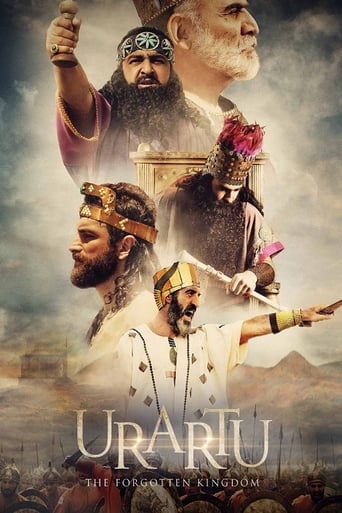
Urartu: The Forgotten Kingdom (2020)
Urartu: The Forgotten Kingdom (2020)
In the Bible, Urartu was the most ancient state on Earth. It was there where Noah’s ark stopped, and there where humanity found its salvation. The locals had a developed culture, economy, astronomy, and religious life. According to scientists’ latest discoveries, the culture of Urartu was the most advanced in the ancient world. And it had a great impact on the Persian Empire of the Achaemenids and ancient Greece. Due to a lack of research, Urartu is probably one of the most mysterious states in history. This documentary will introduce us to its unique background.
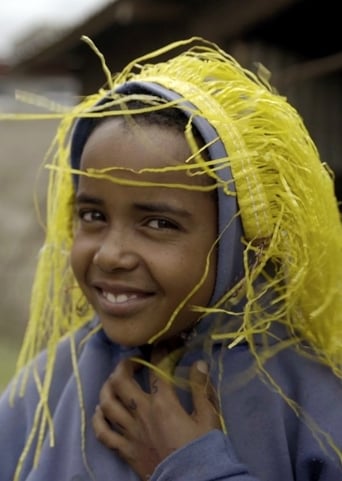
Anbessa (2019)
Anbessa (2019)
Asalif and his mother defy Ethiopia’s omnipresent modern housing development culture, by continuing to live a life characterised by proximity to nature and rootedness in community. The boy counters the ruptures in his accustomed surroundings and the threat posed by the hyena that haunts his neighbourhood by reinventing himself as a hero: as Anbessa, the lion.
Border (2009)
Border (2009)
Told from the point of view of a rescued buffalo, this is the story of a small town trying to find itself after the Armenian-Azeri conflict. The buffalo's reception by the other farm animals reflects the distrust rife in the countries of the post-Soviet world.

Nothing to be Afraid of (2019)
Nothing to be Afraid of (2019)
Ever since the war in Nagorno-Karabakh, the still disputed territory is contaminated by landmines. This documentary follows five female de-miners on their risky job.

Nature (2019)
Nature (2019)
While it was long thought that his filmography had concluded with the film Life in 1993, Peleshian has now returned with a new film, simply titled La Nature, through which he once again observes the delicate cohabitation of human communities with their environment. Gathered from the internet, most of the images that compose the film are fragile, amateur-shot traces from within nature and its tremors that regularly rock these communities. Volcanic eruptions, earthquakes, and tsunamis form the film’s visual fabric, and are set against images of grandiose natural landscapes. A visual elegy, the film resolutely acknowledges the superiority of nature, with its unrelenting force, capable of transcending all human ambition. With this, the filmmaker seems to remind us that humankind will not emerge victorious from the ecological havoc that it has created.

Life (1994)
Life (1994)
Poetic essay about the beginning of life from labor pains and birth and about its symbolic meaning.

Village of Women (2019)

5 Dreamers and a Horse (2022)
5 Dreamers and a Horse (2022)
Three Armenias are sketched out here, brilliantly and with delicacy, through four protagonists aspiring to fulfil their dream. There is the lift operator in a hospital who wants to travel into space, the farmer in search of a perfect wife, and the young queer couple who simply want to live out their love story… while awaiting the demonstrations and hopes of the revolution.
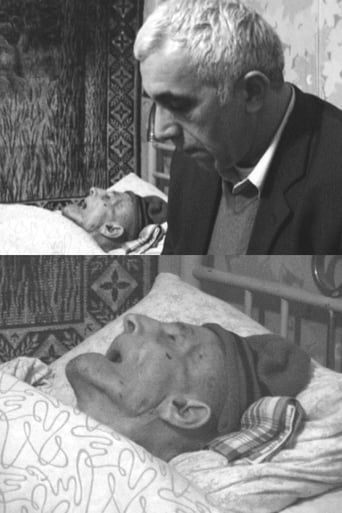
Father (2008)
Father (2008)
Exercise in death - look at the terrible face of a father. To hear his hoarseness is the preparation for death.
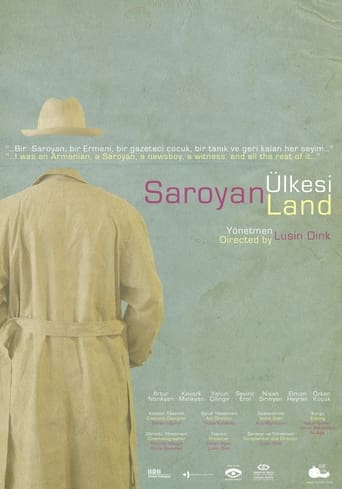
Saroyanland (2013)
Saroyanland (2013)
Saroyanland is a docu-drama focusing on the journey of famous writer William Saroyan to the birthplace of his Armenian family Bitlis, in Turkey in 1964. While retaking the same road, the film aims to understand Saroyan's unique attitude to belonging, witnessing the self-discovery of a man who followed the traces of his Armenian ancestors.

1489 (2023)
1489 (2023)
When soldiers are killed, they often end up as anonymous numbers in news reports. But behind every number there is a person who leaves behind heartbroken family members. The title 1489 refers to the anonymous number of a “body of an individual missing in action.” It was the number assigned to Soghomon Vardanyan, a 21-year-old student and musician who was close to completing his mandatory military service when the conflict between Azerbaijan and his home country Armenia over Artsakh (Nagorno-Karabakh) flared up again in September 2020.
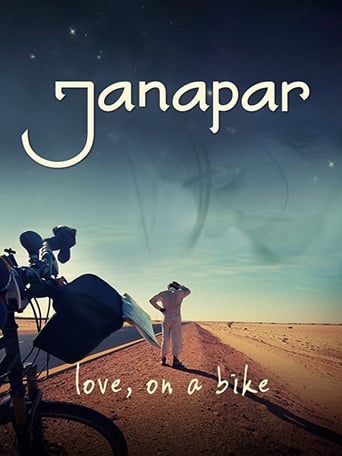
Janapar (2012)
Janapar (2012)
23-year-old Tom Allen is all set for a 9–5 career in IT. Trouble is, he can’t help wondering whether there’s more to life. So Tom sets off on the ultimate adventure: cycling around the world. Despite his lack of experience, Tom cycles and camps his way across three continents, encountering a vivid cast of friends and foes. But the journey takes an unlikely detour when he falls in love with Tenny, a feisty Iranian-Armenian. When her parents forbid her from taking to the open road, Tom is faced with the ultimate dilemma: stay with Tenny or continue his adventure alone? Janapar – named after the Armenian word for journey – is an honest and life-affirming tale of finding what you’re looking for when you least expect it.
Back to Ararat (1988)
Back to Ararat (1988)
The first genocide of this century occurred during the first World War, when 1.5 million Armenians were killed, and an entire nation was driven from its land. Back to Ararat is the first film to examine this tragic episode in depth. Traveling from the old ruins to new Armenian communities around the world, the film presents a people united in its dream of returning to its homeland. But no one will listen to their arguments. In fact, Turkish representatives in the film argue the genocide never took place. Back to Ararat is a powerful reminder of a global injustice which has gone unaddressed.
A Night at Paradjanov's Museum (1998)
A Night at Paradjanov's Museum (1998)
The film is a unique tribute of the director to his master. The space is empty, in the sense, there are no people there, but the items live their peculiar life until the rooster cries out. And that is be the rooster Parajanov made, God knows of what kind of improvised material at hand. It feels like the wind is a night walker here and it turns over the pages of the books. Glass breaking can be heard. The good thing is there are enough collages made of phials and luxurious tableware set fragments. The dolls sit on the frames, letting their legs hang, just like they do in daytime, but something mystical, something fateful appears in them. And Parajanov is close, built-into some other life, in epaulets or even with the people of past epochs. The lamps are switched on, even the oil stoves – everything is the way Parajanov liked. But then it is daybreak already, the rooms are filled with sunlight, and everything changes.
Charles Aznavour in Armenia (1964)
Charles Aznavour in Armenia (1964)
The film documents Charles Aznavour's first visit to his historical homeland Armenia, his concert in Yerevan and his meeting with his grandmother.